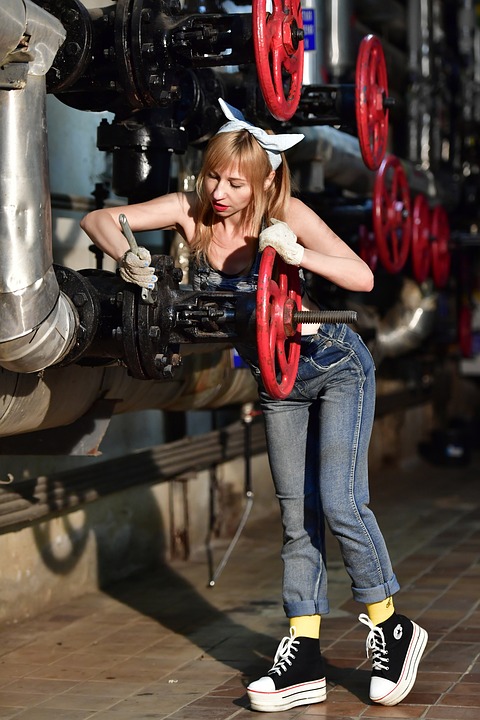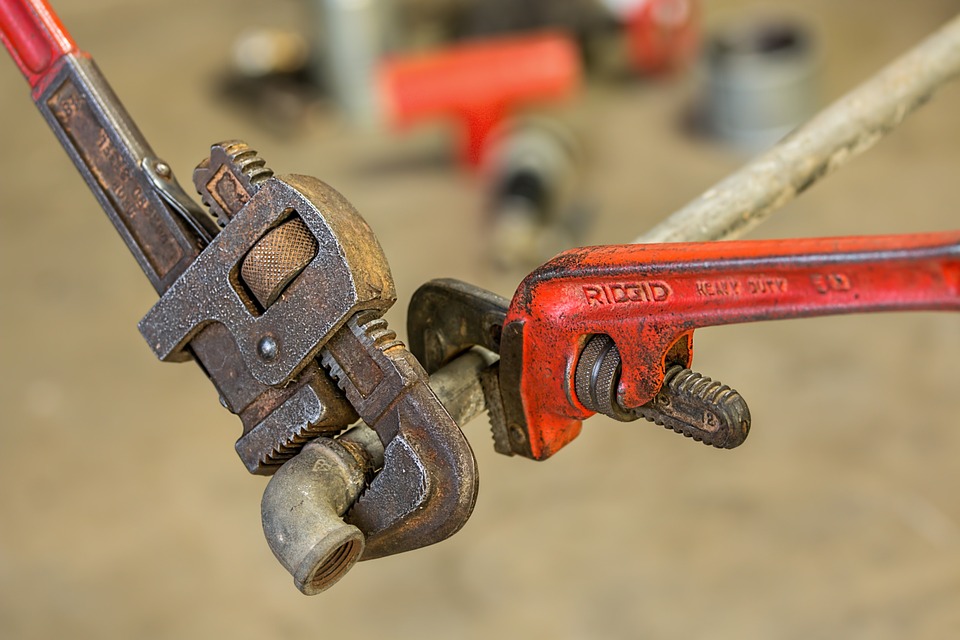While in most cities, water supplied by the civic agencies is under pressure and does not need storage, you may need to consider water tank installation if you are dependent on a well or other source of water where the supply is intermittent. In such cases, water tanks will have to be installed on roofs or elevated areas, or if based on the ground will need a proper pumping system to create the needed pressures for your plumbing system.
In many areas, it has also become a common practice to collect rainfall to augment water supply. Rainwater tanks can be installed anywhere on a property, above ground, underground or in plastic or metal structures. These tanks collect water from rain that falls on the roof and is then led into gutters to down-pipes and a system of screens and filters before it finds its way into the tank.
When you plan a water tank installation for rainwater, you will have to decide on its size, which can again be dependent on the size of your roof and the catchment it provides for collecting rainwater. You will have to decide the location of the tank in a suitable area on your property or in your basement if you have one. The tank may need a proper foundation because the weight of water added to the weight of the tank structure itself can be a substantial weight that needs a firm base. The budget that you have can at times also play a major part in deciding the size of the tank.
When you are considering the installation of a rainwater tank you will also have to decide on how you are going to utilize the water that is stored, and make arrangements to connect it to your plumbing system accordingly. It is advisable to use this water for flushing the toilet, bathing and showering, doing the laundry, for use in water heating systems, for watering the garden and lawns, washing cars, and filling ponds and pools. It is not advisable to use this water for drinking or cooking.
Water tanks are best installed on concrete or sand bases, and it is always preferable to have the base raised. You can buy ready made tanks made of galvanized sheets or those made of plastic materials. The tank must have its own lid and built-in connections for inlets and outlets. You can also build a tank out of concrete that is properly waterproofed. Select a position for the tank which makes it convenient for running the necessary pipework for both incoming supply and connections to the plumbing systems.





